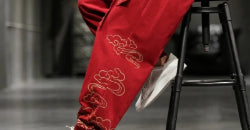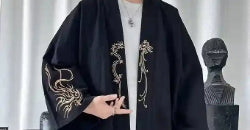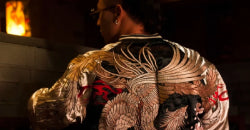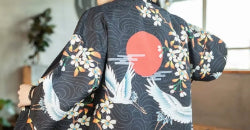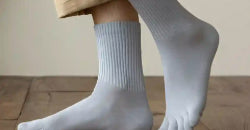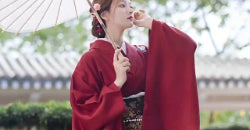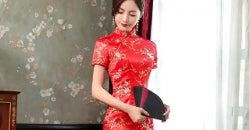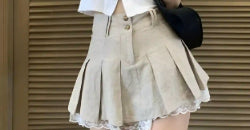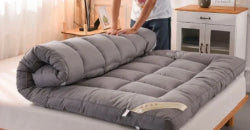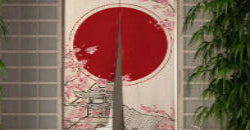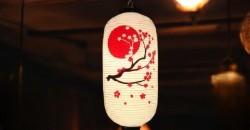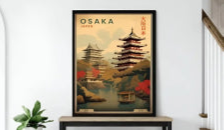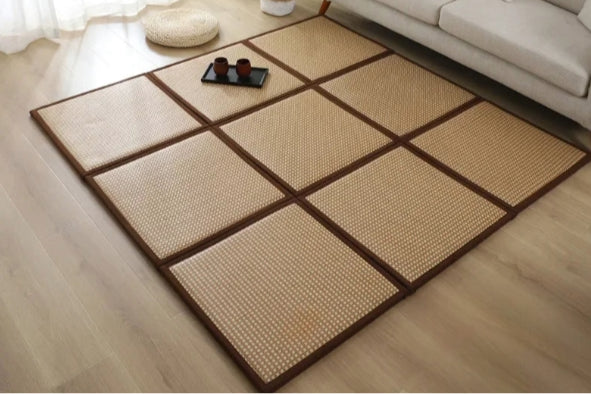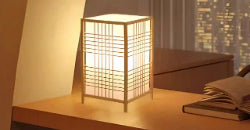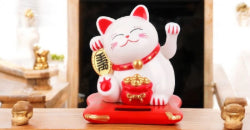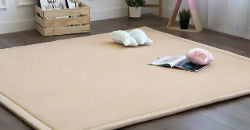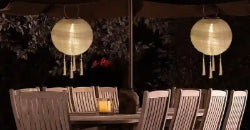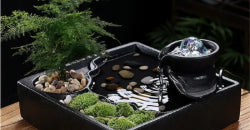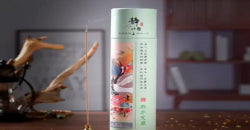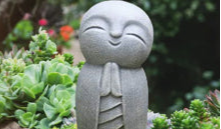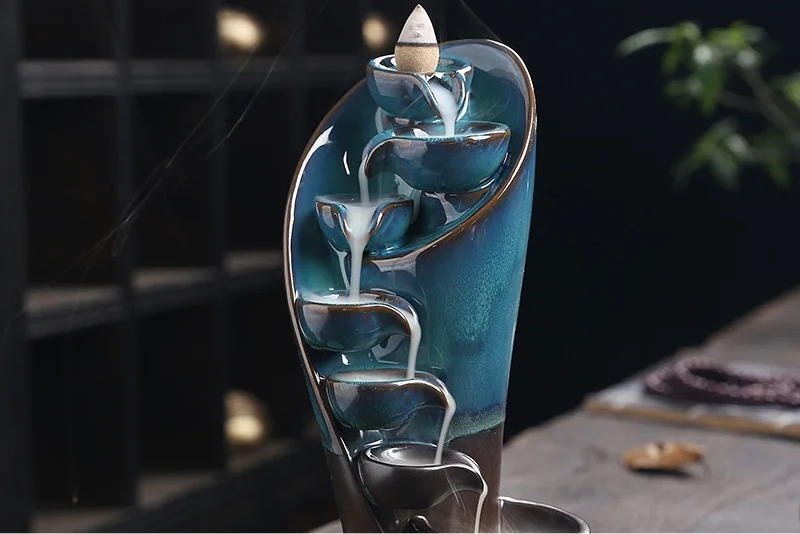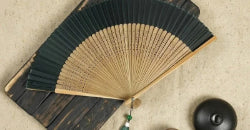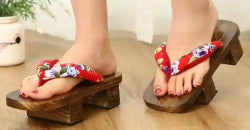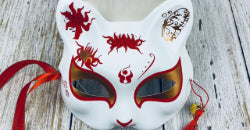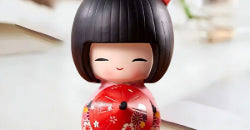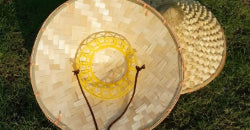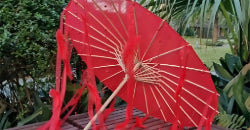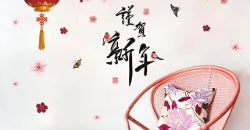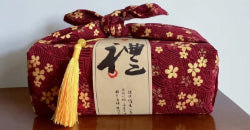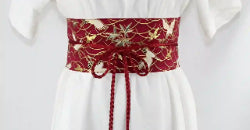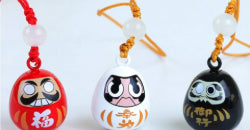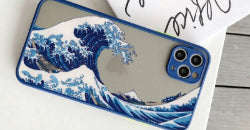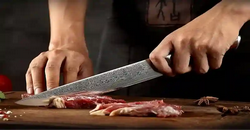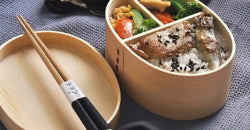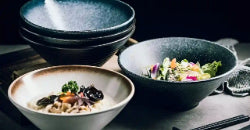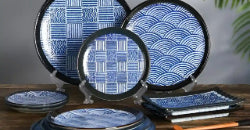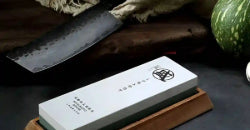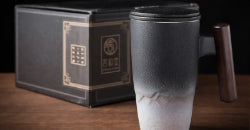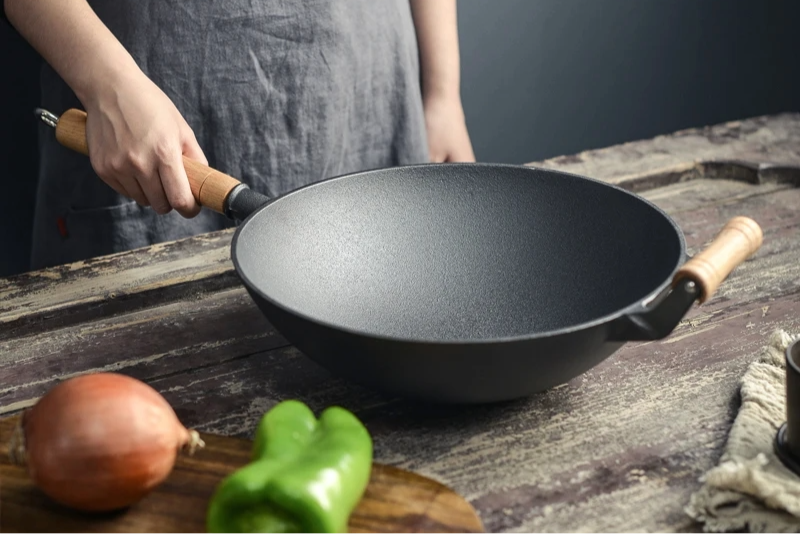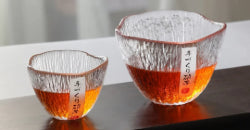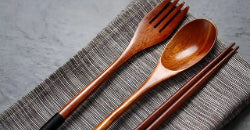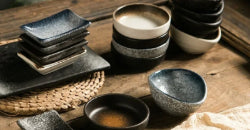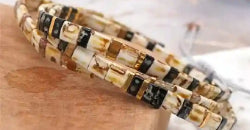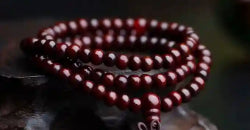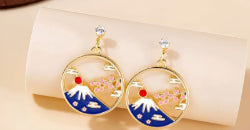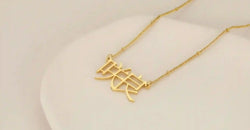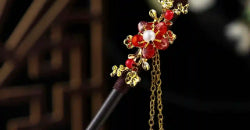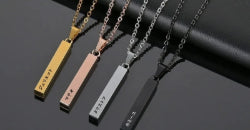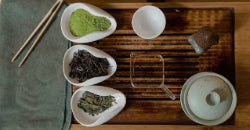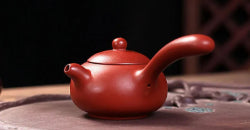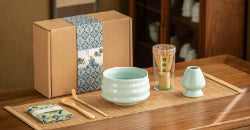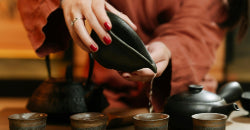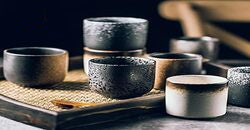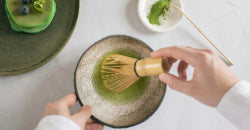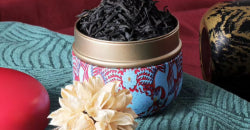How to Use Japanese Chopsticks: Complete Guide
Source: Freepik
Japanese chopsticks, or " hashi ," are more than just a dining utensil. They're a symbol of Japanese culture and an essential part of table etiquette. Learning how to use them properly can enhance your dining experience and demonstrate respect for this time-honored practice . Discover simple ways to properly use Japanese chopsticks in this review.
Japanese chopsticks: origin and evolution
Japanese chopsticks, originally from China, have survived the ages to become an essential culinary symbol in Japan. Although they were originally created in China, they were adapted by the Japanese to better meet their specific dietary needs. Compared to Chinese chopsticks , which are longer and often square, Japanese chopsticks are distinguished by their shorter size and tapered shape, ideal for gripping the small pieces of food common in Japanese cuisine.
Over time, their materials have evolved, ranging from wood and bamboo to metal and plastic. Today, these different materials influence the user experience, offering lightweight and easy-to-hold options while meeting specific needs.
How to hold and use a Japanese chopstick correctly?

Learning how to use Japanese chopsticks properly can seem tricky at first, but with a little practice, you can grasp pieces of food with great precision. This guide offers a simple and effective method for mastering this culinary art . Follow these steps and you'll quickly become a Japanese chopstick expert.
Grab the support rod
To properly hold Japanese chopsticks, start by grasping the first chopstick. Place it between your thumb and ring finger , holding it steady in the palm of your hand. This chopstick will remain stationary throughout the meal, serving as a base for the second chopstick, which will be movable. Make sure this chopstick is aligned with the rest of your hand for a more natural grip.
Use the top wand
The second chopstick is the one that does most of the movement. Hold it with your index finger, middle finger, and thumb, as if you were holding a pen. The lower chopstick remains stationary, while the upper chopstick moves to grip the food. To control the chopstick, it's important to maintain a smooth movement without forcing the grip.
Perform the pincer movement
The pinching motion is essential for using Japanese chopsticks properly. This motion involves moving only the top chopstick, while keeping the other chopstick steady. Here are some tips for mastering this move:
-
Keep your fingers relaxed.
-
Use the tips of your chopsticks to pick up food.
-
Avoid spreading the chopsticks too far apart for greater precision.
With these steps, handling chopsticks becomes easier and more natural over time.
How to eat with Japanese chopsticks?

Eating with Japanese chopsticks takes a little practice, but it quickly becomes second nature once you've mastered the correct technique. The key is to coordinate the two chopsticks to form a precise and smooth pinching motion. The lower chopstick remains stationary, while the upper one moves to grasp the food. It's best to start with simple pieces, such as sticky rice or chopped vegetables. With patience, the grip becomes more stable and the movement more fluid. This technique, rooted in Japanese culture, emphasizes both delicacy and mastery of the meal.
What are the benefits of eating with chopsticks?
Using Japanese chopsticks for eating may seem challenging to the uninitiated, but it has many benefits. First, it slows down the pace of eating, allowing you to savor each bite and better appreciate the flavors of the food.
Additionally, taking smaller bites makes you more aware of how much you're eating, which can help you maintain a balanced diet. Finally, using chopsticks promotes finger dexterity and coordination, providing a subtle yet effective exercise for your hands. It's a skill that, once mastered, can be very satisfying.
What should you avoid with Japanese chopsticks?
Using Japanese chopsticks isn't just about properly gripping food: certain actions are strongly discouraged, as they can be perceived as rude or disrespectful in Japan. These gestures, often linked to funeral practices or cultural taboos, should be avoided at all costs during a meal. To adopt appropriate table manners, here are the behaviors to avoid:
-
Place the chopsticks upright in a bowl of rice.
-
Pierce the food as if with a fork.
-
Lick the ends of the chopsticks.
-
Drain food over the plate.
-
Point at a person or object.
-
Hesitate over dishes with chopsticks.
-
Move plates using chopsticks.
-
Cross the chopsticks on the table.
-
Tap the table or objects as if they were drumsticks.
Respecting these rules means honoring Japanese customs while enjoying a meal in a spirit of respect and harmony.





